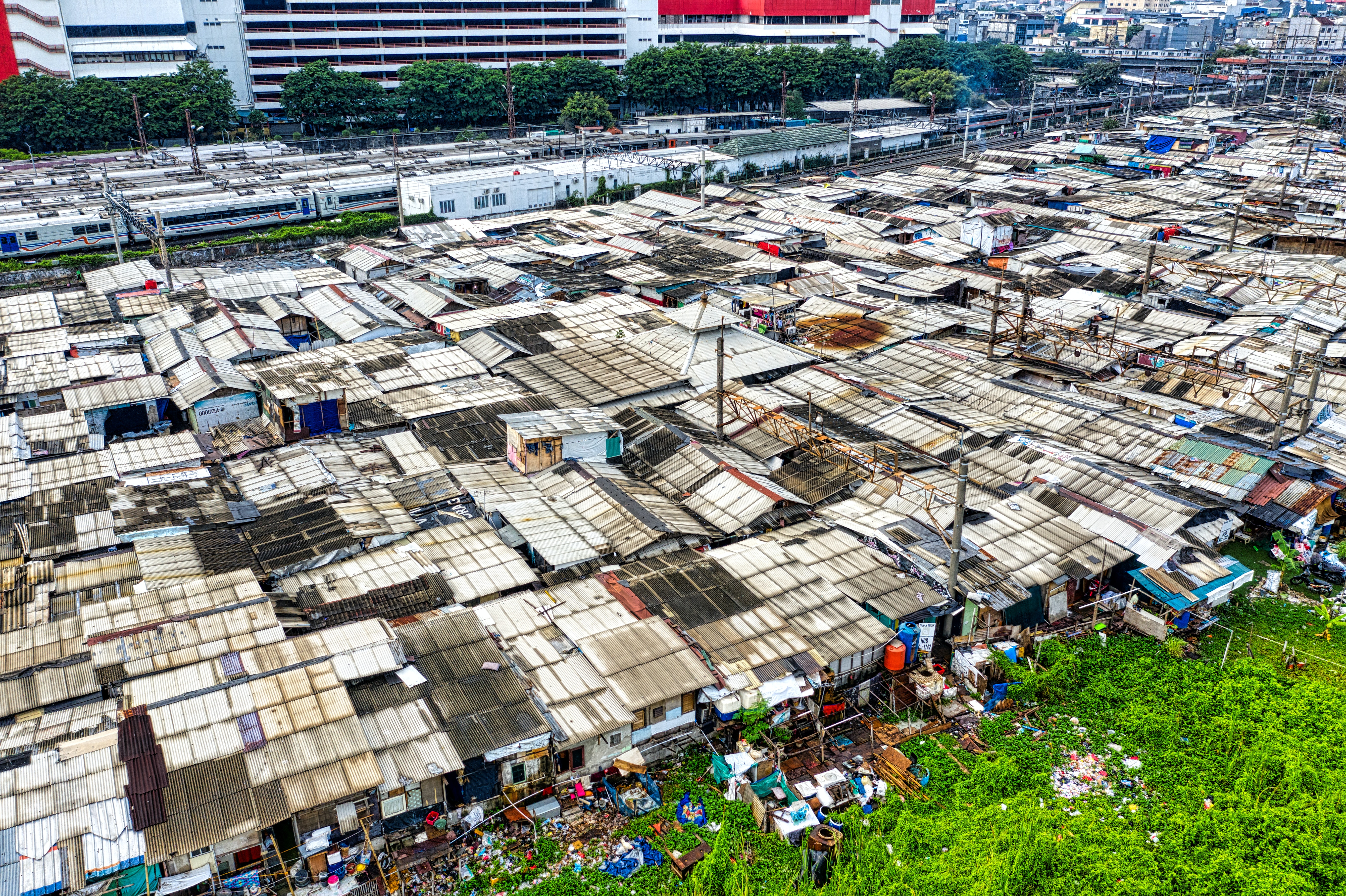Tiruppur is a city in the south of India, which boasts more than 1,000 garment-making units. Once an agricultural town, Tiruppur is now known as the knitwear capital of India, accounting for 90 percent of India’s cotton knitwear export. It is the livelihood of thousands of workers and over the past three decades has contributed to a huge amount of foreign exchange in India merely based on its export of textiles.
Social communities in Tiruppur and its hinterland have faced the brunt of the indiscriminate discharge of industrial effluents into water bodies for decades. The effluents contain chemicals and dyes in large concentration. Most are let off clandestinely through storm water drains into bodies of water or open areas.
I visited this famed city on several occasions throughout my career. It is filled with conservative and hard-working people, who make up the bulk of the garment industry.
It was fascinating to walk through the markets on Sundays and glance at export reject goods from big names such as Nike, Adidas, Switcher, Polo Ralph Lauren, Tommy Hilfiger, Fila, Reebok and Diesel.
The middlemen for these factory rejects generally buy a mixed bag for a reasonable price, but constantly face challenges with these styles.
Most factories that manufacture for the western buyer are located in conservative countries and find the onslaught of rejected garments a tedious task, since they cannot be resold in the secondhand market.
Almost all of these clothes end up in a landfill.
This leads to an intersection of social and environmental concerns, from the factory workers’ low wages to landfills piled with rejected garments to the pollution of bodies of water.
Fashion has often exposed the underbelly of social and environmental concerns. As it exacerbates climate change, several marginalized societies who live in poverty and lack a political voice, mobility, and affordable land, cannot resist large corporations and governments who take their space for industrial use.
Because of the socioeconomic status and location of many of these areas, the people affected cannot easily escape these conditions.
Their homes and communities are plagued by landfills, exposure to agricultural pesticides, and poorly-managed toxic waste disposal by factories.
Waste lagoons produce gases, such as hydrogen sulfide, which create higher levels of miscarriages, birth defects, and disease outbreaks from the viral and bacterial contamination of drinking water.
Clean air and water are intangible products which directly impact social and environmental concerns.
Richer consumers can pay for these “goods” – clean air, clean water, quality of life — while poor communities are left to deal with the relocation of toxic wastes.
What measures can brands take to prevent such social and environmental hazards?
- Invest in factories for the long haul. It is common for many large brands to work with factories for one season and then move to the next for a better price.
- Invest not only in basic factory compliances but also in wastewater treatment, and ensure circularity when it comes to rejected garments.
- Pay garment workers fair and ethical wages to develop the surrounding neighborhoods and create a voice for those people to ensure that their demands are met by the government, large brands, and policy makers.
Air and water know no borders; if one country burns or faces shortage from a common water source, its neighbors can feel the graveness of the situation. It is also our responsibility to be united as humanity and uphold the path of the downtrodden.



